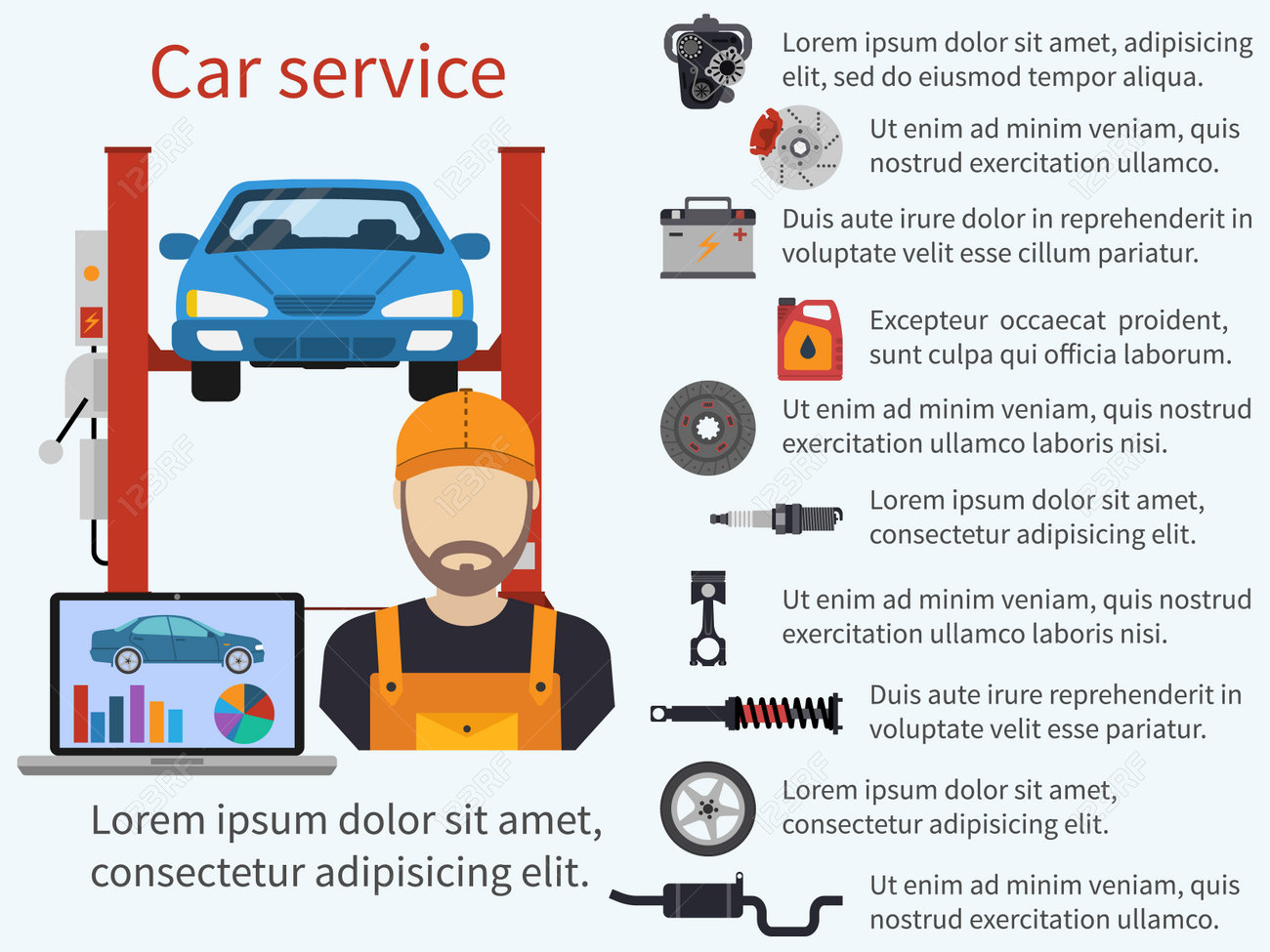An Introductory Guide To Decoding Your Car'S Warning Indicators
An Introductory Guide To Decoding Your Car'S Warning Indicators
Blog Article
Post By-Fenger Lindegaard
When you lag the wheel, those little caution lights on your automobile's dashboard can be rather difficult. What do they imply, and should you be worried? Recognizing https://brakes-and-rotors51738.dailyhitblog.com/35380633/navigate-the-comprehensive-overview-to-automobile-outlining-for-an-unparalleled-showroom-beam-discover-the-tricks-to-elevate-your-lorry-s-appearance is critical for your automobile's wellness, however it doesn't need to be a complicated job. By translating the secret behind each light, you'll be furnished to manage potential concerns successfully and maintain your cars and truck running smoothly. So, following time a warning light flashes, don't panic - arm yourself with understanding and take control of the situation.
Significance of Cars And Truck Warning Lights
Recognizing the significance of your vehicle's caution lights is important for keeping your car's health and safety. https://engine-remapping73840.fare-blog.com/30064782/would-certainly-you-such-as-to-find-out-the-reality-concerning-regularly-held-vehicle-repair-work-misconceptions-identify-the-practices-that-might-be-costing-you-both-time-and-money-in-this-exposing-interview act as your automobile's interaction system, signaling you to possible concerns that can endanger your safety and security on the road or bring about costly repair work if neglected. By paying attention to these warnings, you can deal with issues early and protect against additional damages to your vehicle.
Disregarding alerting lights can lead to major repercussions, such as engine failing, brake breakdowns, or perhaps accidents. https://www.repairerdrivennews.com/2022/05/18/california-doi-answers-repairers-questions-on-labor-rates-parts-requirements-oem-procedures/ are created to alert you of issues ranging from reduced tire stress to engine malfunctions, giving you the opportunity to do something about it before the scenario worsens. Regularly checking and comprehending these warnings can save you time, cash, and guarantee your safety while driving.
In addition to keeping you risk-free, responding promptly to advising lights can also aid extend the lifespan of your cars and truck. By resolving issues at an early stage, you can stop tiny troubles from escalating right into significant fixings, eventually conserving you time and money in the long run. Keep in mind, your auto's caution lights are there for a reason - do not disregard them!
Common Warning Lights and Meanings
When it involves driving your car, knowing typical warning lights and their significances is necessary for your safety and vehicle maintenance. Here are a few typical caution lights you might run into:
1. ** Inspect Engine Light **: This light indicates a concern with your engine. It could be something small like a loose gas cap or something a lot more severe like engine misfiring.
2. ** Battery Light **: This light signals a trouble with your automobile's billing system. It could show a faulty battery, alternator, or various other relevant parts.
3. ** Oil Stress Light **: When this light comes on, it implies your engine may be running low on oil or experiencing low oil stress, which can bring about engine damage otherwise addressed quickly.
4. ** Brake System Light **: This light suggests an issue with your stopping system. It could suggest reduced brake fluid levels or a trouble with the brake system that calls for instant focus.
Recognizing these typical caution lights will certainly aid you recognize potential issues beforehand and protect against more substantial troubles later on.
How to Respond to Warning Lighting
In case a caution light illuminates on your cars and truck's dashboard, it's important to respond without delay and appropriately. When a caution light comes on, the first step is to consult your proprietor's manual to comprehend the particular concern indicated by the light.
Some lights call for prompt interest, while others may indicate a much less immediate matter. If the warning light is red or blinking, it's generally an indicator of a severe problem that requires prompt action. In such cases, it's suggested to pull over safely, turn off the engine, and seek specialist assistance.
For yellow or orange warning lights, while they may not need instant focus, it's still crucial to resolve the underlying problem quickly to prevent additional damage. Regular upkeep and assessment can aid protect against alerting lights from coming on all of a sudden.
Verdict
In conclusion, comprehending your car's warning lights is essential for preserving your vehicle's health and wellness. By regularly examining and replying to these cautions, you can attend to possible problems early and protect against pricey fixings or safety and security threats. Keep in mind to consult your owner's guidebook for information on different warning lights and always take prompt activity for red or flashing lights. Remain positive and keep your vehicle running smoothly!
